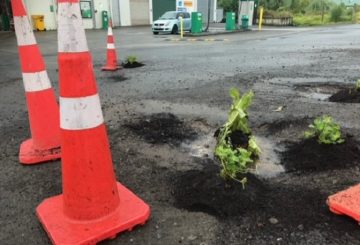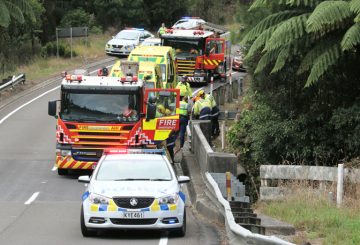Nagbabala ang Hawke’s Bay Fruitgrowers’ Association na ang pagkaantala sa pag-alis ng silt at mga labi mula sa mga halamanan na apektuhan ng isang bagyo ay maaaring makapinsala sa ekonomiya ng rehiyon. Ang konseho, habang pinamamahalaan ang badyet nito para sa pag-alis ng silt, ay inutusan ang mga kontratista nito na bawasan ang kanilang oras ng pagtatrabaho.
Ang gobyerno ay nagbigay ng $44 milyon para sa Hawke’s Bay mula sa $70 milyon na pondo para sa Tai Rāwhiti na inihayag noong Mayo.
Sinabi ni Dean Smith, pangkalahatang tagapamahala ng asosasyon, habang maraming mga growers ang nauunawaan ang sitwasyon, ang mga pagkaantala ay mahirap para sa mga naghihintay pa rin. Ang hindi nalutas na sitwasyon ay hindi lamang isang isyu para sa mga growers kundi pati na rin para sa ekonomiya ng rehiyon at bansa.
Matapos ang Bagyong Gabrielle, ang putik at silt ay nakakaapekto sa maraming mga pag-aari, kabilang ang Esk Valley.
Si Darren de Klerk, na nangunguna sa taskforce ng pagbawi ng silt ng konseho ng rehiyon, ay kinilala ang pagkabigo ng mga growers. Sa pagsisimula ng lumalagong panahon, ang mga orchardist ay sabik na protektahan ang kanilang mga pananim. Binigyang diin niya ang kahalagahan ng seeding upang kapwa suportahan ang ekonomiya at pamahalaan ang alikabok sa mga dry period.
Nabanggit din ni De Klerk ang mga potensyal na pagkalugi sa trabaho at karagdagang mga hamon sa ekonomiya kung ang paglilinis ay bumagal. Nabanggit niya na habang ang mga konseho ng Wairoa District at Napier City ay kasalukuyang may sapat na pondo, maaari silang harapin ang mga isyu sa badyet sa mga darating na buwan.
Ang isang kinatawan para sa Cyclone Recovery Minister Grant Robertson ay nagsabi na ang mga opisyal ay nakikipag-ugnay sa mga konseho upang matiyak ang patuloy na gawain sa pag-alis ng silt. Ang gobyerno ay nakagawa na ng higit sa $203 milyon para sa paglilinis ng mga pagsisikap sa Hawke’s Bay at Tai Rāwhiti. Humigit-kumulang isang milyong metro kubiko ng silt ang nananatili sa 200 mga site sa Hawke’s Bay.




























































